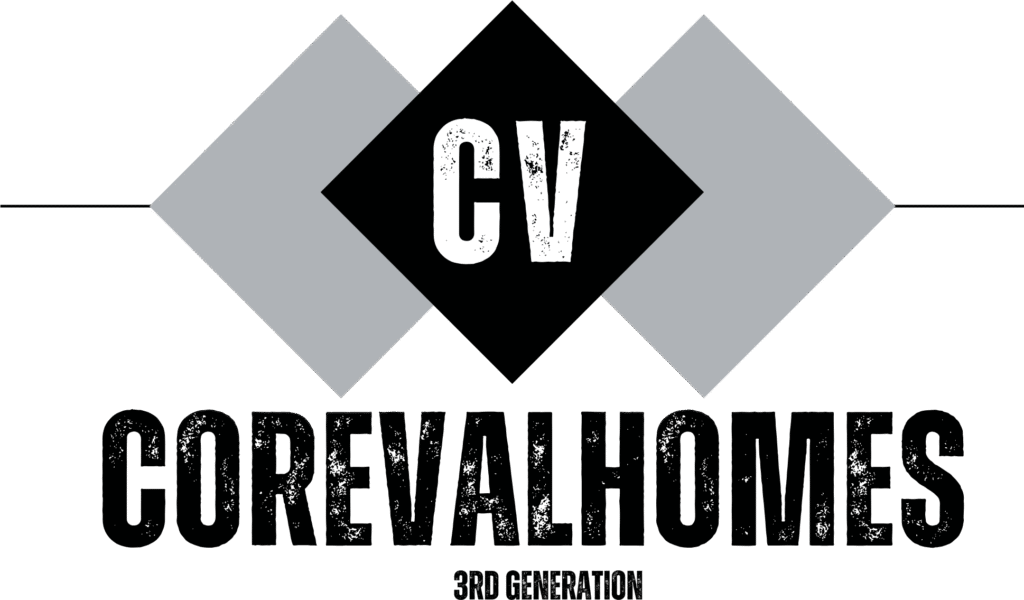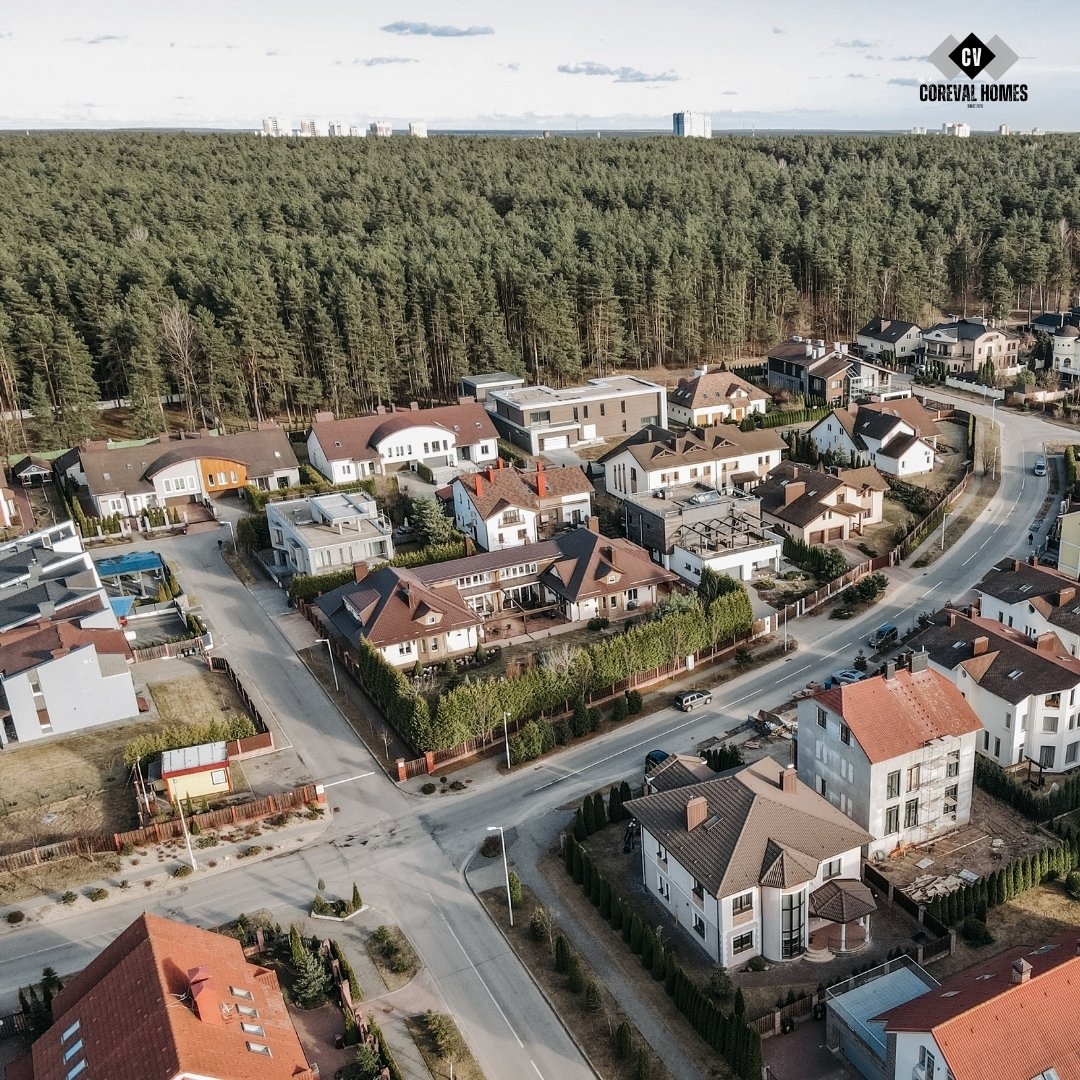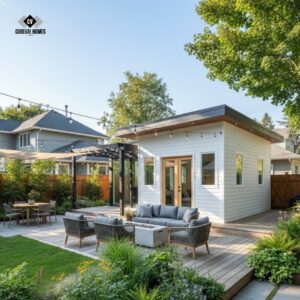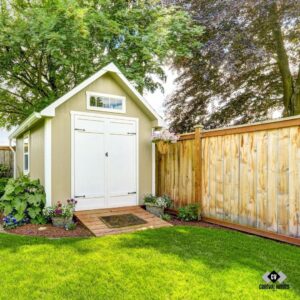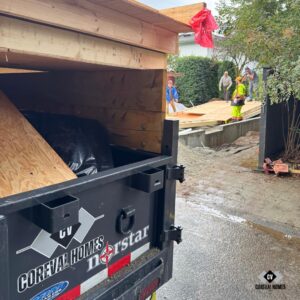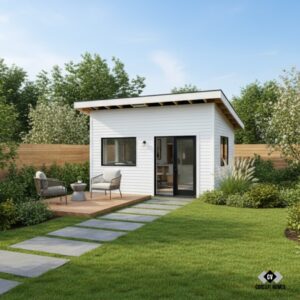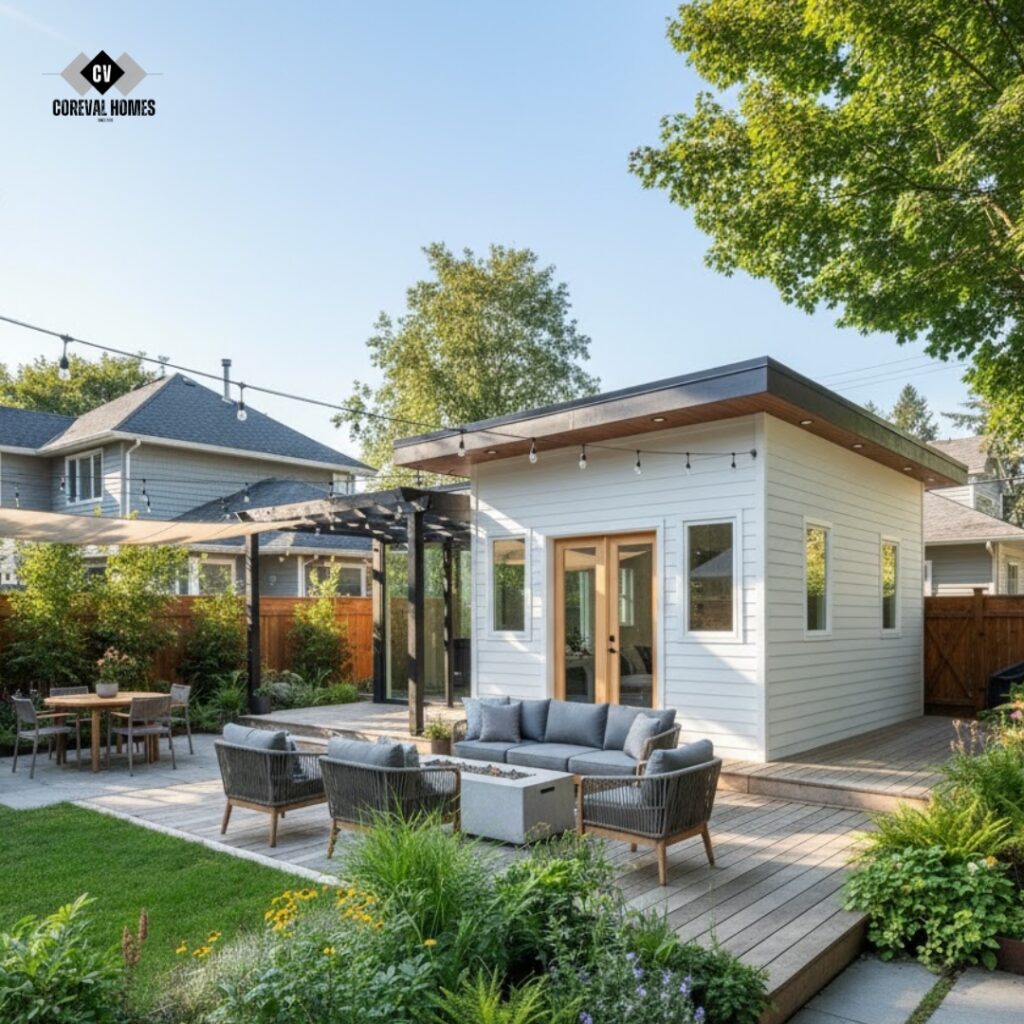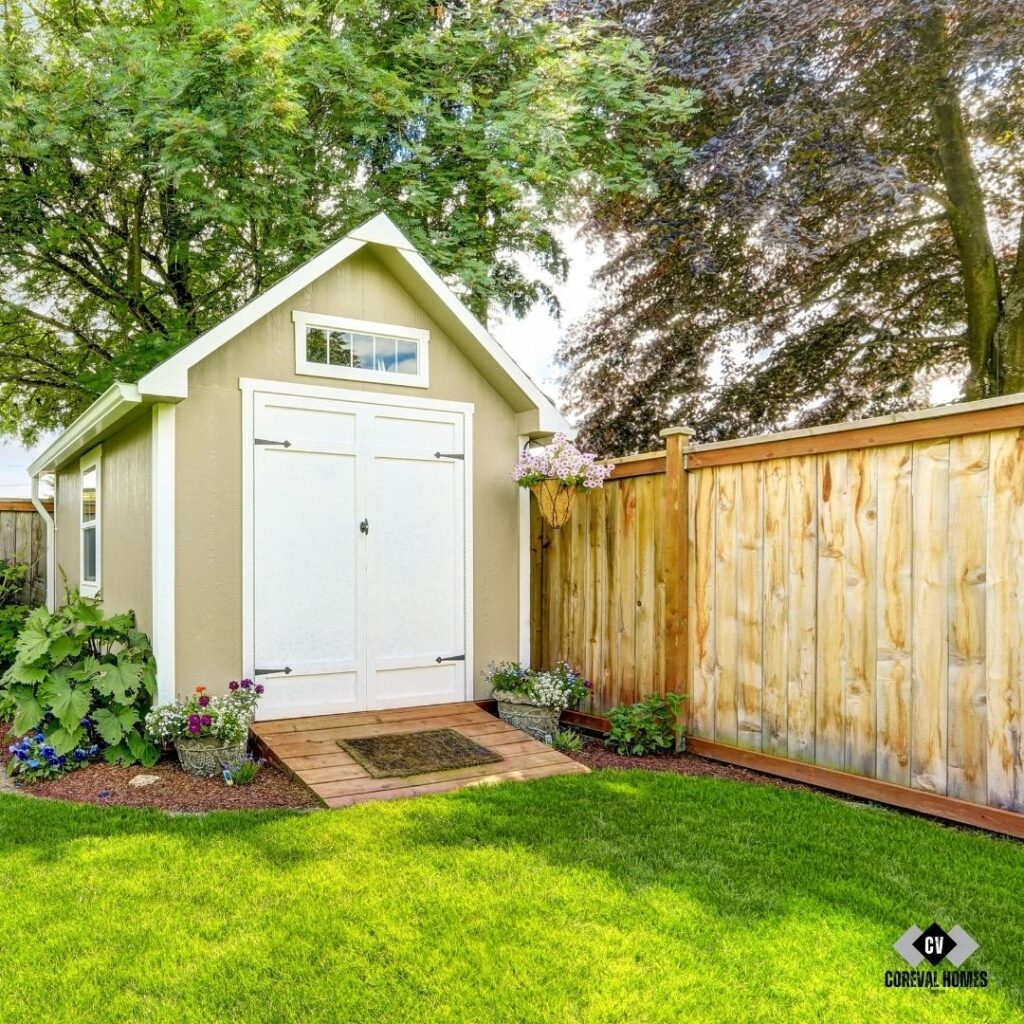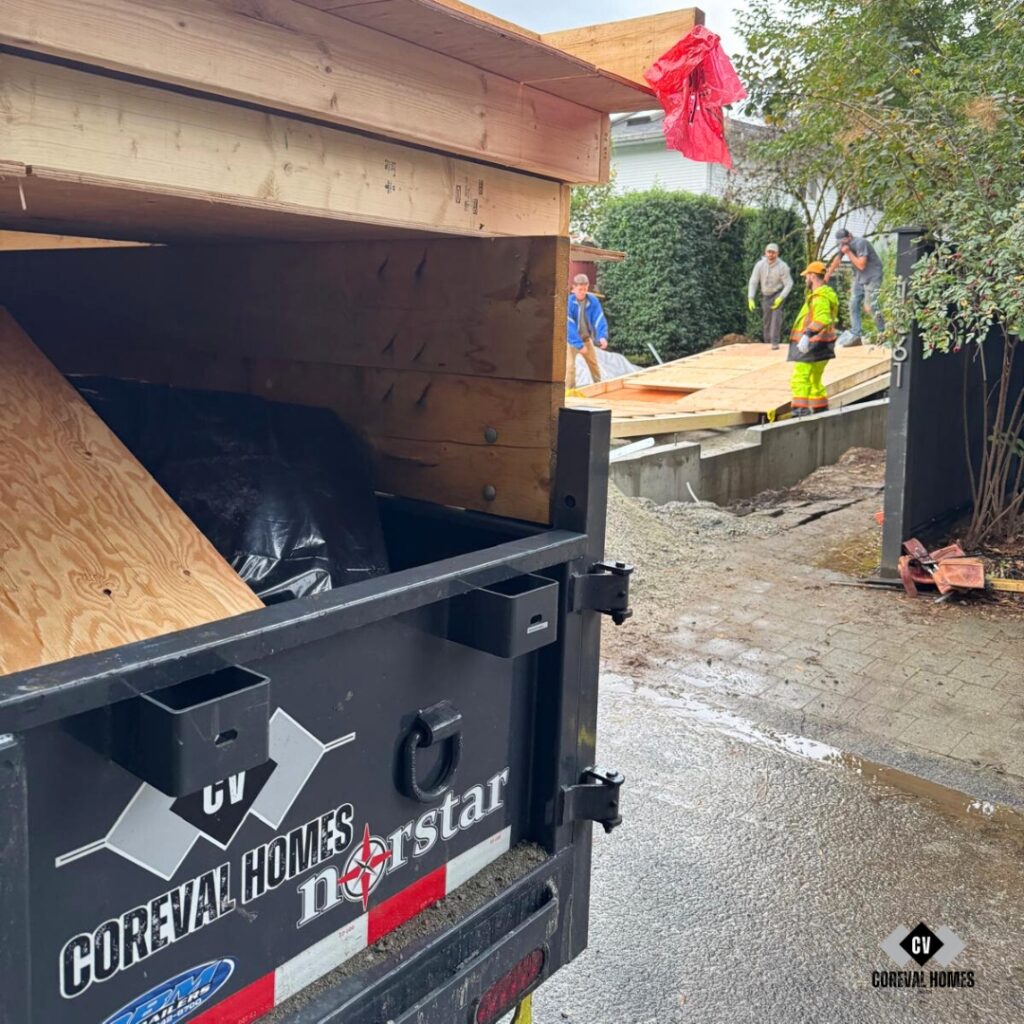If you’re seriously invested in Vancouver real estate, you already know: zoning is the linchpin of every smart development. It determines whether you’re stuck with a duplex or building a boutique, rent-secured multiplex in one of the city’s hottest neighborhoods.
The zoning categories in Vancouver are more than bureaucratic line items—they’re the code you must crack to maximize land use, increase property value, and steer clear of costly missteps.
What’s Zoning? Why Does It Matter?
Zoning is the legal framework that dictates what you can build, where, and how high. In Vancouver, every parcel is assigned to a zoning district, each governed by the Zoning and Development By-law under powers granted by the Vancouver Charter. The goal? Orderly urban growth, protection of neighborhoods, and alignment with broader city planning goals.
According to the City of Vancouver’s 2025 Land Uses by Zoning District reference, residential zones such as RT and RM now permit a wide range of dwelling types—from duplexes and laneway homes to low-rise apartments—with outright or conditional approval, reflecting the city’s push for increased housing diversity and density in response to provincial mandates.
The Five Broad Zoning Categories in Vancouver
Vancouver’s zoning categories are organized into five umbrella groups:
- Limited Agriculture
- Residential
- Industrial
- Commercial
- Heritage
There’s a sixth wildcard: Comprehensive Development (CD) Districts, which are site- or area-specific and allow bespoke, often high-density, mixed-use projects that don’t fit the standard molds. Whether you’re building a co-living tower or a community-oriented retail hub, understanding these categories is non-negotiable.
Let’s break them down with the precision that city planners—and savvy developers—demand.
1. Residential Zoning: The Battlefield for Density
Residential land in Vancouver is a patchwork of low-, mid-, and high-density designations. The city’s new multiplex policy—up to four units on a standard lot—is rewriting the rules of the game. But don’t assume every zone is created equal.
- RS (Single Detached) Zones: The old guard. Mostly single-family homes, but now under siege by multiplex policies.
- RT (Two-Family) Zones: Duplexes, carriage houses, and laneway homes are the bread and butter here.
- RM (Multiple Dwelling) Zones: Think low-rise apartments, rowhouses, and townhomes. The sweet spot for density without the skyscraper paperwork.
- High-Density Residential (R-C Zones): Towers, podiums, and the kind of density that moves the needle on citywide housing targets.
According to CoreVal Homes’ latest feasibility modeling, properties in transit-adjacent RM zones can see 5–7% annual appreciation, outpacing the Canadian average. That’s a direct function of zoning policy that meets market demand.
2. Commercial Zoning: The Engine of Walkability
Commercial zoning is about more than storefronts—it’s about vibrancy, foot traffic, and vertical mixed-use. Vancouver’s C-2 district, for example, explicitly encourages mixed-use residential buildings with secure rental tenure, blending ground-floor retail, office, and residential above—crafting streets that hum with life day and night. Other notable commercial zones include:
- C-1 (Neighbourhood Commercial): Grocers, cafes, local services. Limited to neighborhood-scale impact.
- C-2 and C-3 (Commercial Districts): Higher density, broader use permissions, and—critically—mixed-use potential.
- C-5 and C-6 (Central Business District): Think downtown office towers, flagship retail, and premium residential.
The city’s Land Uses by Zoning District reference (April 2025) is your cheat sheet for permitted and conditional uses—essential reading before you buy or build. Miss this, and you risk a six-figure feasibility error.
3. Industrial Zoning: The Supply Chain’s Backbone
Industrial zones (I-1, I-2, etc.) are where Vancouver’s economy gets physical—warehousing, light manufacturing, and logistics. But don’t overlook the potential for adaptive reuse: as e-commerce booms and last-mile delivery centers proliferate, well-located industrial land is a hot commodity. Just remember: rezoning industrial to residential or mixed-use is a high-stakes, high-reward play—not for the faint of heart.
4. Heritage Zoning: Preservation Meets Profit
Heritage districts, like First Shaughnessy, are tightly regulated to protect architectural character. Development here is a dance of incentives and restrictions—bonus density for preservation, stringent design guidelines, and, often, lengthy approval timelines. Get expert advice before you wade in.
5. Limited Agriculture: The Niche Play
Yes, Vancouver still has pockets of agricultural land, mostly in the University Endowment Lands and fringes. Agricultural Land Reserve (ALR) properties come with unique use restrictions and tax implications—another area where due diligence pays dividends.
6. Comprehensive Development (CD) Districts: Custom Solutions for Complex Sites
CD zones are Vancouver’s bespoke zoning tool. If your project doesn’t fit the standard categories—say, a live-work-artists’ colony or a transit-oriented mega-site—CD zoning lets you negotiate a custom set of rules with the city. The catch? Complex, costly, and time-consuming processes, but the payoff can be staggering for high-value, high-profile sites.
Zoning Regulations: The Devil’s in the Details
Permitted uses, height limits, floor space ratios (FSR), setbacks, parking minimums, and design guidelines—every zoning district has its own matrix of do’s and don’ts. For example, a C-2 mixed-use project might be limited to four stories unless you secure a development permit with relaxed height. FSR caps determine how much square footage you can build relative to your lot size—a key lever for project feasibility.
Parking requirements are another flashpoint. Vancouver has aggressively reduced parking minimums in transit-rich areas, a boon for developers but a headache for some neighborhoods. The city’s development cost levies (DCLs), community amenity contributions (CACs), and affordable housing requirements add further layers of complexity—and cost.
Rezoning: Unlocking Value or Chasing a Mirage?
If your dream project doesn’t fit current zoning, rezoning is the path forward—but it’s not for the faint of heart. Rezoning applications are public, politicized, and unpredictable.
You’ll need a bulletproof rationale, robust community engagement, and a tolerance for civic process that can stretch into years. The payoff? Land value uplifts of 20–50% are common in successful rezoning cases, but the risks are real.
Vancouver Zoning by the Numbers
- 35% of households occupy 81% of residential land. That’s Vancouver’s single-family legacy in a nutshell—and why multiplexing is a civic and economic imperative.
- Land sales in Metro Vancouver jumped 17% in 2024, with well-located, flexibly zoned parcels leading the charge.
- 5–7% annual appreciation is achievable for properties in high-demand, transit-adjacent zones, according to Vancouver Economic Commission data leveraged by CoreVal Homes.
- Up to four units are now permitted on most standard residential lots citywide. That’s a seismic shift for a city built on bungalows and picket fences.
How to Use Vancouver’s Zoning Tools
Here’s your actionable checklist for navigating Vancouver’s zoning maze:
- Confirm your property’s zoning district—City of Vancouver’s online mapping tools are your starting point.
- Cross-reference the Zoning and Development By-law for permitted uses, FSR, height, and more.
- Review official development plans (ODPs) and policies—these trump zoning in adopted areas.
- Engage a land use consultant—technical due diligence is non-negotiable.
- Model financial feasibility—zoning changes can dramatically alter your project’s bottom line.
The Future of Zoning in Vancouver: Trends to Watch
Vancouver’s zoning regime is not static. Expect more missing middle housing policies, transit-oriented development (TOD) overlays, and climate-resilience requirements in the coming years. The city’s Housing Vancouver strategy targets 72,000 new homes by 2028—a goal that will require continuous tweaks to the zoning playbook.
Master the Code, Win the Game
In Vancouver, zoning is destiny. The categories are clear—residential, commercial, industrial, heritage, limited agriculture, and comprehensive development—but the permutations are endless. The city’s current multi-unit housing revolution is just the latest chapter in a story of regulatory evolution, market forces, and civic ambition.
If you’re a homeowner, developer, or investor, now is the time to lean in. Study the by-laws. Crunch the numbers. Build relationships with planners and policymakers. With the right expertise—and the right partners—Vancouver’s zoning code is your blueprint for success.
Ready to unlock your property’s potential? Don’t guess. Get the zoning intel that matters—then build.
Contact CoreVal Homes today for a complimentary consultation and take the first step toward building the home you deserve—your future-ready living space awaits.
FAQs
- How does Vancouver’s new multiplex zoning compare to the previous regulations?
Under the new R1-1 zoning, all standard residential properties can now be developed with multiplex housing (three or more units) without complex rezoning, compared to the past where multiplex development was only possible through heritage retention or site-specific rezoning, dramatically increasing housing options and simplifying the process for property owners and builders. - Are there incentives for eco-friendly development under the new zoning changes?
Yes, the City of Vancouver offers up to 19% additional floor area for net-zero or energy-efficient projects submitted by the end of 2025, encouraging sustainable building practices beyond what’s required in the base zoning rules. - How can CoreVal Homes help me navigate the new zoning bylaws and maximize my property’s development potential?
CoreVal Homes specializes in custom design and construction under Vancouver’s evolving zoning, offering end-to-end project management—from rezoning and permit applications to bespoke multiplex, laneway, or single-family builds—ensuring you unlock your property’s new potential with expertise and confidence. - Do these zoning changes apply city-wide, or only in specific neighborhoods?
While the new multiplex and R1-1 zoning apply to most residential areas, the low-rise, mid-rise, and high-rise pre-zoning categories are currently focused on the Broadway and Cambie corridors, with about 4,300 parcels directly affected, but the city’s broader policy direction is toward increased city-wide density. - How quickly can I get started on a new project under the updated zoning?
With CoreVal Homes’ proactive approach and deep understanding of Vancouver’s bylaw changes, you can take your project from concept to approval in a matter of weeks—whether you’re building a multiplex, laneway, or sustainable custom home—avoiding the lengthy rezoning delays of the past and starting sooner on realizing your vision.
People Also Ask
- What is the difference between rezoning and pre-zoning in Vancouver?
Rezoning is a process initiated by a property owner to change the allowable land use, while pre-zoning is a city-led effort to proactively update zoning in specific areas so most projects can skip direct rezoning and move to permitting, significantly speeding up the development process for thousands of parcels. - Can I still add a secondary suite or laneway home under the new rules?
Yes, secondary suites and laneway homes remain permitted, but with the new zoning, you can now add even more units per lot—often multiple strata or rental units—dramatically increasing the flexibility and financial potential for homeowners. - How will these changes affect heritage properties or protected homes?
Heritage retention incentives still exist, but for most properties, the new multiplex and R1-1 zoning allow for increased density even without heritage status, making these changes especially relevant for lots not protected as historic. - Are there any new design options available under the updated bylaws?
The R1-1 bylaw allows for flat roofs, greater height (up to 37 feet), and simplified setbacks, giving homeowners and architects more creative freedom to design contemporary, multifamily, and accessible homes that reflect current lifestyles—a significant shift from previous prescriptive design rules. - Will building multiplexes or adding more units to my lot impact my property taxes?
Yes, increasing the number of units on your property will typically increase its assessed value and thus your property taxes, but it can also substantially boost rental income and overall property value, providing financial benefits that often outweigh the increased tax load—consulting with a tax professional or experienced builder like CoreVal Homes can help you estimate the full impact for your situation.
